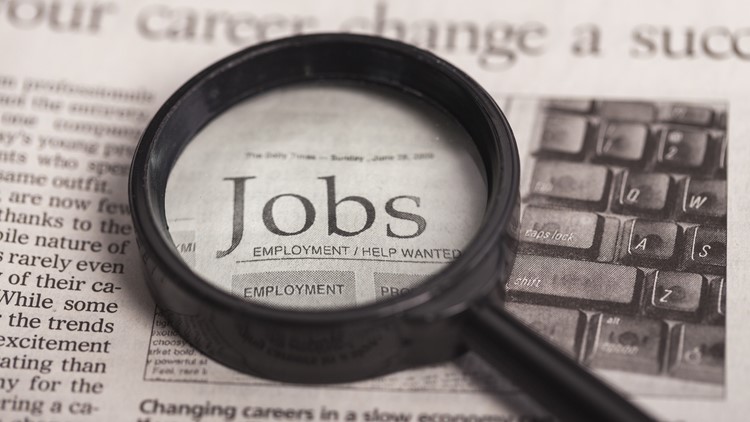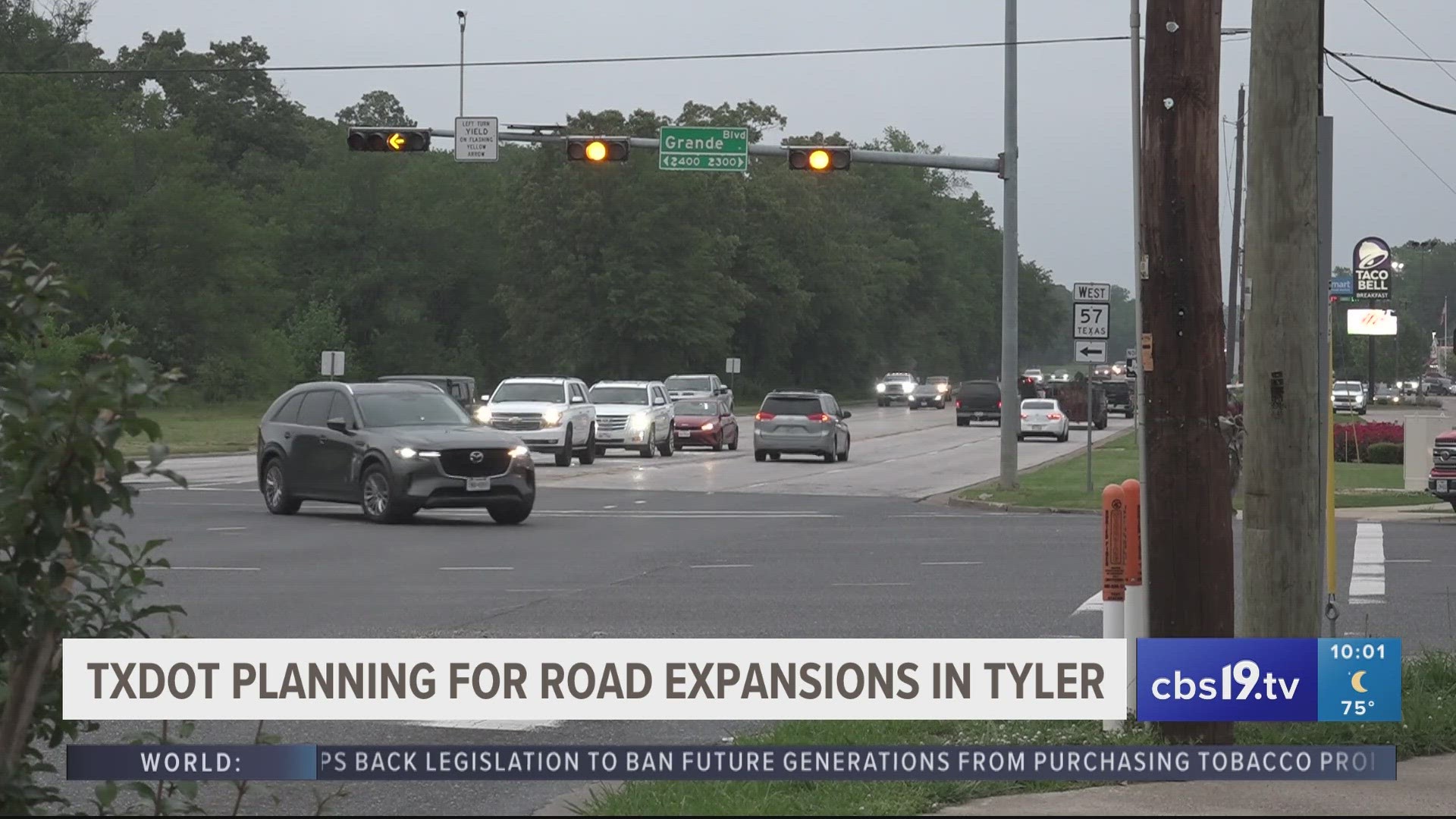Texas’ unemployment rate in May was 13% — a slight drop from the revised record-high 13.5% April jobless rate, according to a Friday morning U.S. Bureau of Labor Statistics report.
More than 2.5 million Texans have filed for unemployment benefits since mid-March and economists warn that the coronavirus pandemic will likely continue hampering an economic recovery. The unemployment rate was 3.5% in February, before the coronavirus pandemic gripped the state.
“We’re higher than we saw in the Great Recession so even, you know if it comes down, it doesn’t take away from the fact that it’s really really high. And given all these people who want to work and are unemployed, the level is still very high,” said Sarah Zubairy, an associate professor of macroeconomics at Texas A&M University.
As Texas coronavirus hospitalizations and infections have reached record highs over the past several days and Gov. Greg Abbott continues to reopen businesses across the state, economists emphasize the importance of evaluating the state’s public health data in tandem with the unemployment rate. Anil Kumar, a senior economist at the Federal Reserve Bank of Dallas, said the economic recovery in Texas could be “very slow” and is dependent on many factors — including the spread of COVID-19.
“One of the key assumptions would be if there is a second wave in the fall, if there is a vaccine going forward, or a therapeutic cure going forward,” he said. “So there are a lot of unknowns that don't allow us to derive much long-term information from the May unemployment report.”
The slight decrease in the unemployment rate reflects an additional 237,800 Texans finding jobs in May, according to the preliminary figures. But experts think the state's unemployment rate could actually be higher.
“Part of the reason why the unemployment rate did not increase... was that many of these workers withdrew from the labor force and weren't counted in unemployment calculations,” Kumar said.
Before this year, the state’s worst-ever monthly unemployment rate was 9.2% in November 1986, as Texas reeled from the last big oil bust. The federal bureau adjusted the April unemployment rate for Texas to 13.5% from the previously-released 12.8%. May's 13% unemployment rate may also be revised.
Richard Murphy, an assistant professor of economics at the University of Texas at Austin, said the preliminary April unemployment rate was initially lower because people who responded to the federal unemployment survey weren't sure how to classify themselves if they were temporarily laid off during mass business closures prompted by officials trying to stop the spread of the virus.
"People should have been classified as 'unemployed or temporary layoff' due to furlough," Murphy said. "However, the BLS found out this wasn’t always the case and have revised their unemployment rate up. This is likely due to the non-standard nature of furloughs and the [survey] interviewee not knowing how to respond. And the interviewer has to go with what they say."
The state’s unemployment rate is the share of Texans in the labor force who are out of work. The unemployment rate is different than the raw number of people filing for unemployment insurance because some of those filers are still employed but have been furloughed or had their hours cut.
The number of Texans filing unemployment claims increased by 4.7% the week ending June 13 — the first time in eight weeks it has risen, according to data released Thursday. The Texas Workforce Commission declined to comment on that uptick.
“For interpretation of labor market data and unemployment claim data, we recommend contacting an economist or checking with the local chamber of commerce,” TWC spokesperson Cisco Gamez wrote in an email.
Zubairy also acknowledged the lag in the data reported by the Labor Department, explaining that last month's figure fails to account for the statewide uptick in coronavirus cases over the past several days.
“It tells us what happened in May but whatever is happening right now on the ground is not reflected in those numbers,” she said. “That will be reflected in the next month's numbers and that's why we will see where the trend will go.”
Zubairy warned that if Texas businesses must close their doors again in the wake of rising COVID-19 case numbers, economic growth could stall. Already, some restaurants and bars are closing voluntarily when their employees test positive for the virus.
“It might not even be sustained improvement if you don't control the health aspect of it,” she said.
As for steps Texans can take to do their part in improving public health — and, in turn, the economy — Zubairy mentioned the importance of wearing face masks and social distancing.
“There have been very convincing medical studies showing that just wearing these face-covering masks are very effective,” she said. “I think it's a very simple sort of intervention that I think might really help us along the way.”
Disclosure: Texas A&M University and the University of Texas at Austin have been financial supporters of The Texas Tribune, a nonprofit, nonpartisan news organization that is funded in part by donations from members, foundations and corporate sponsors. Financial supporters play no role in the Tribune's journalism. Find a complete list of them here.



